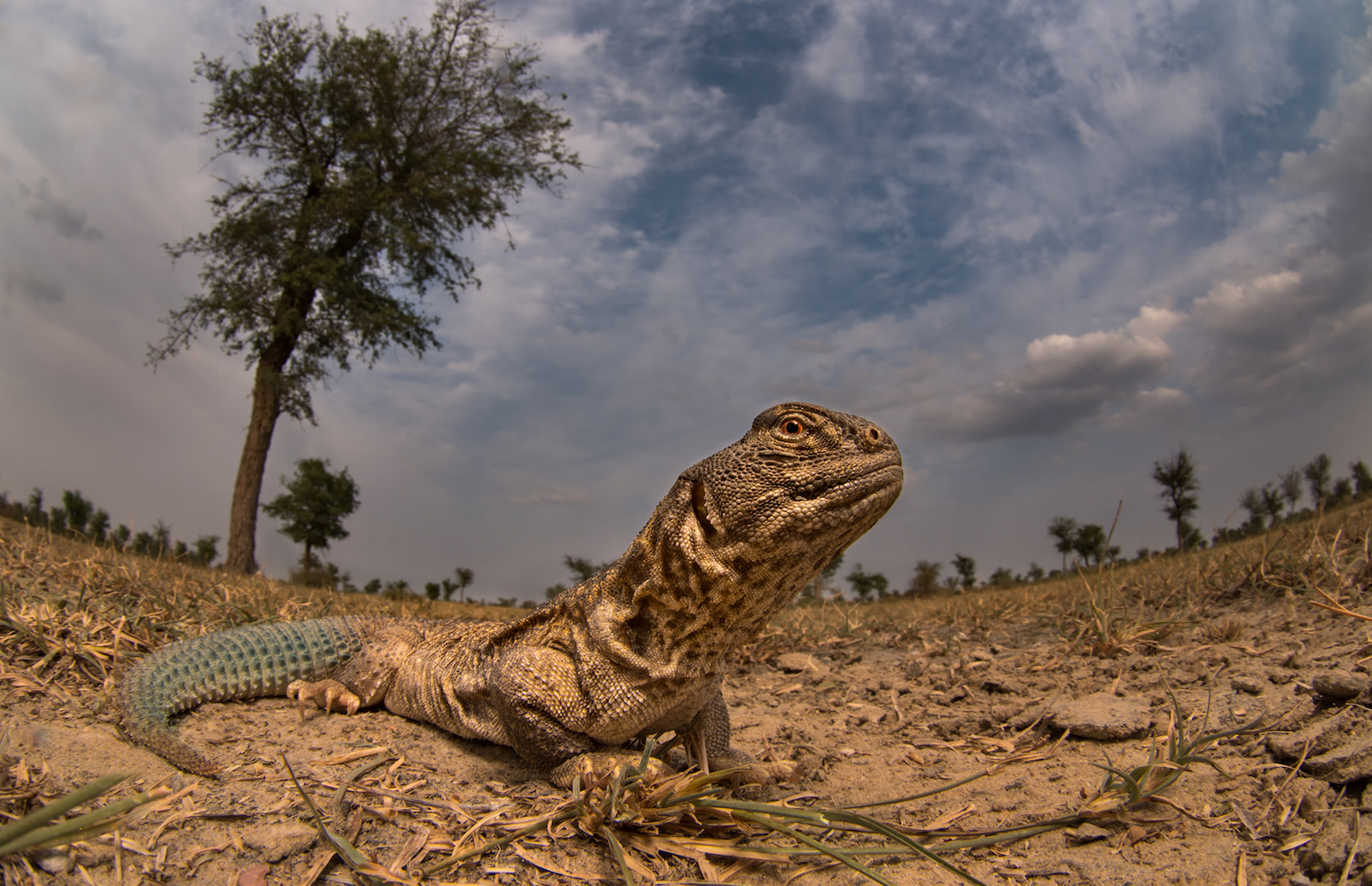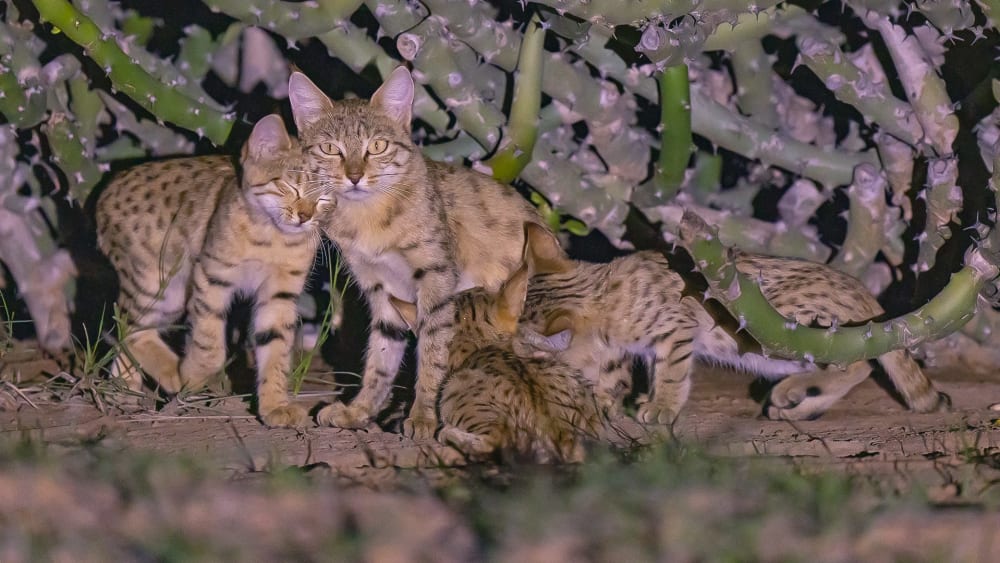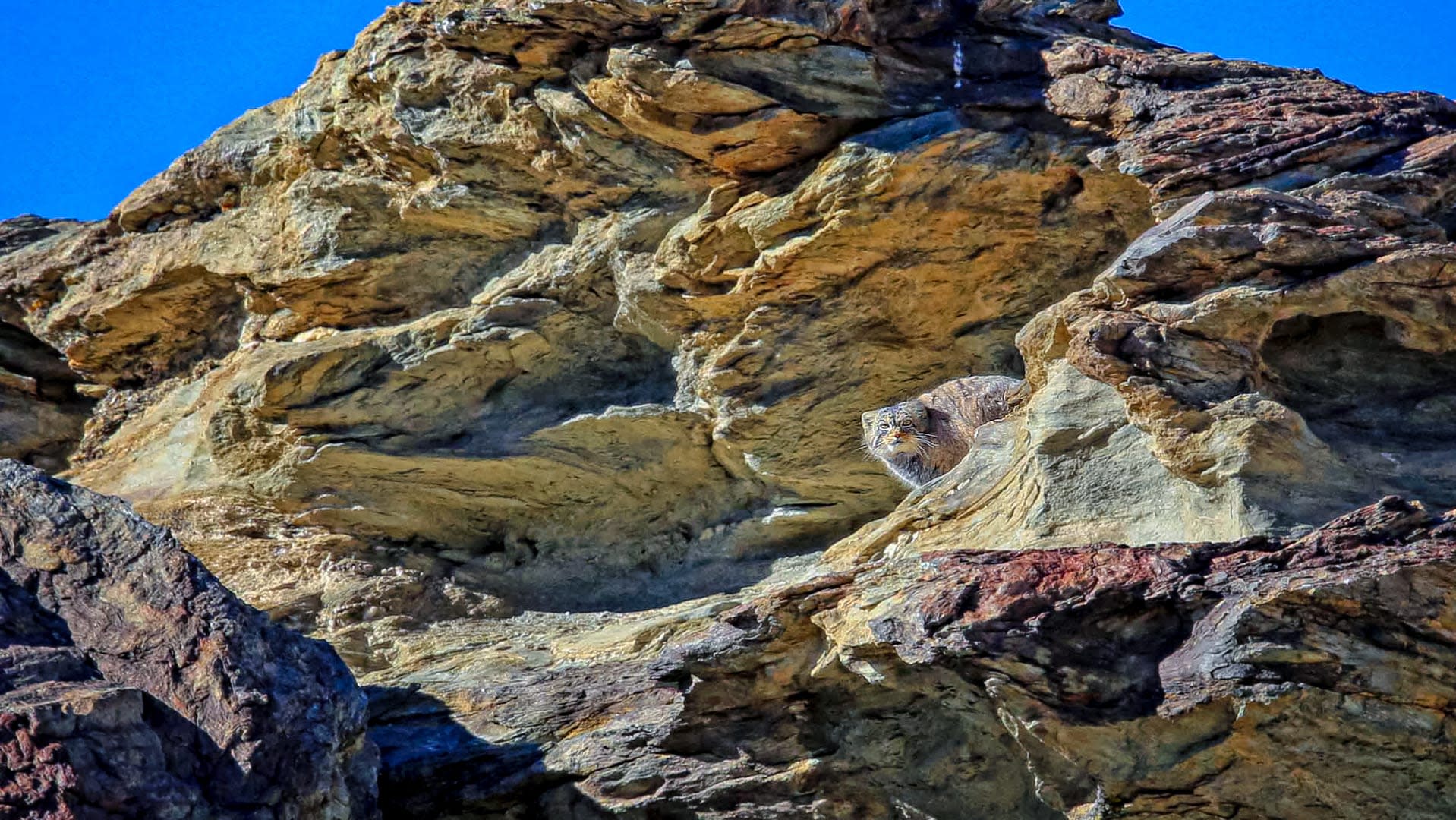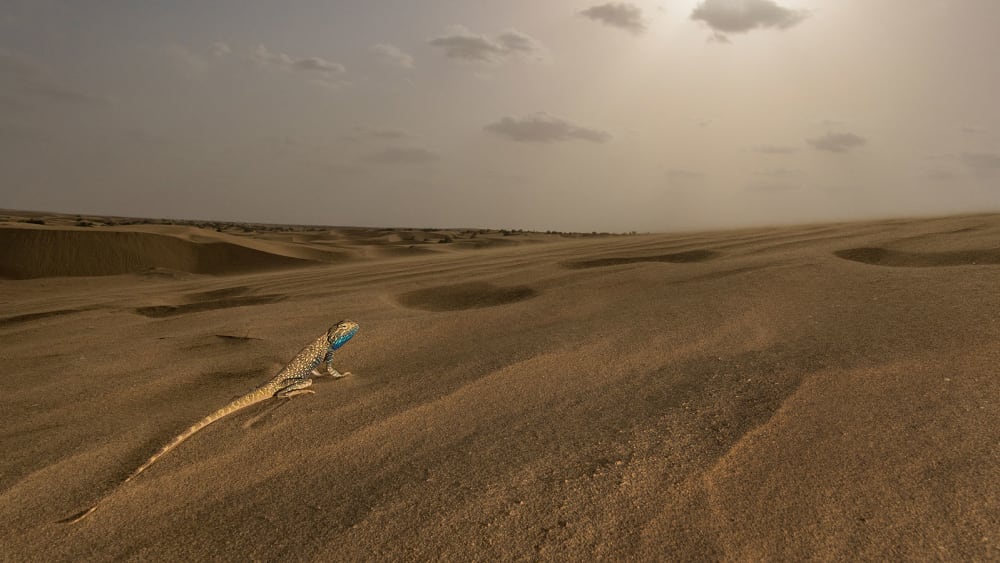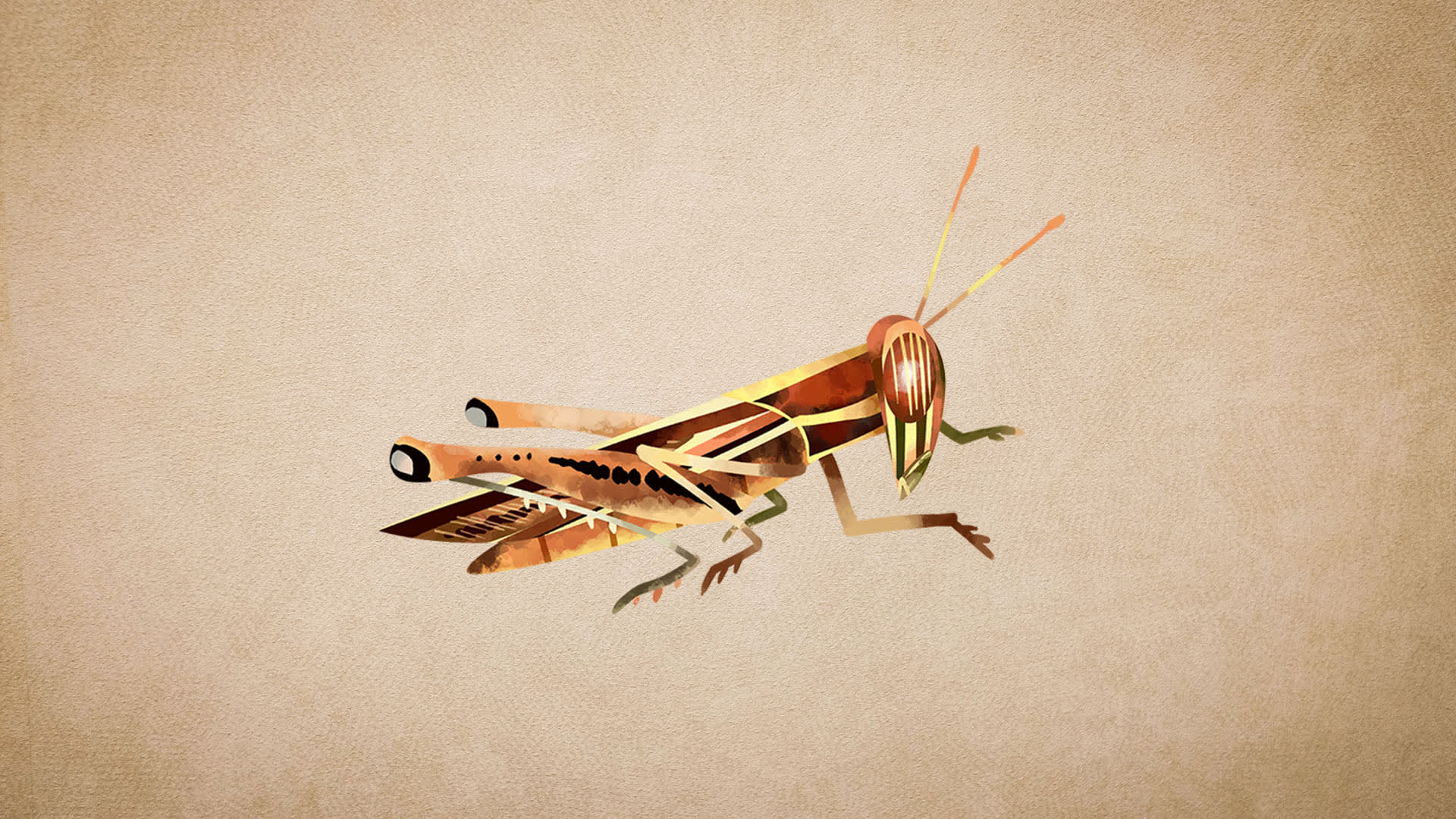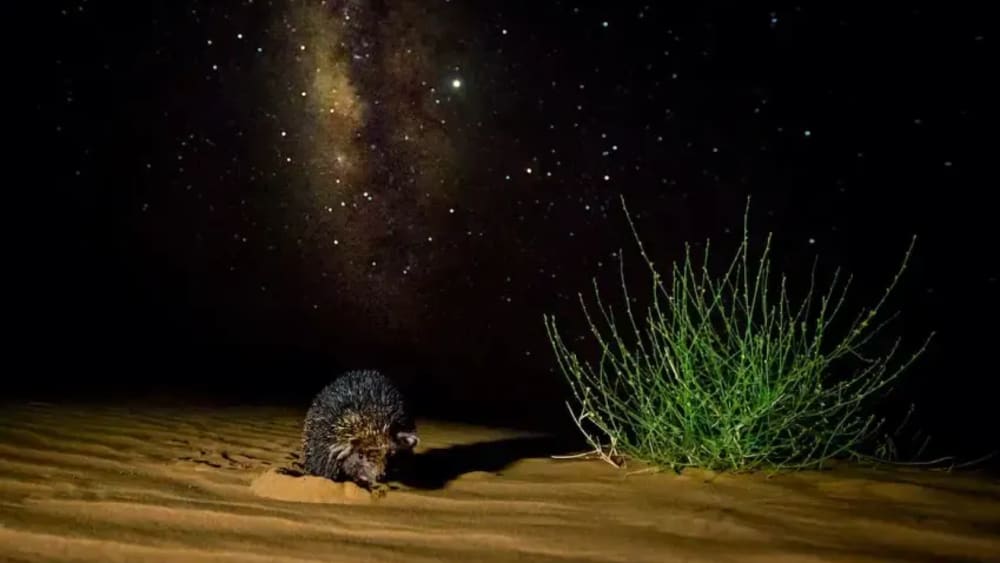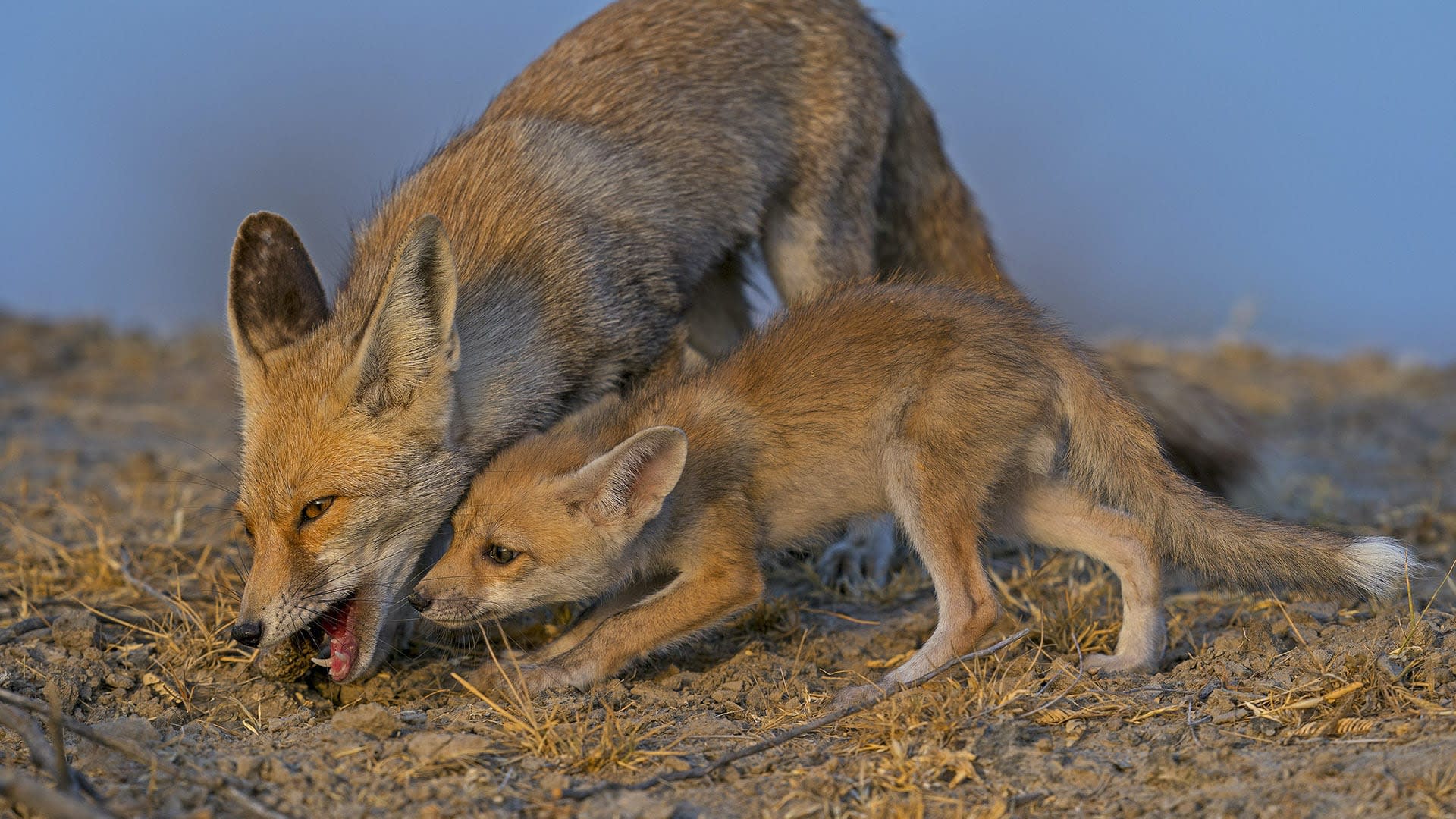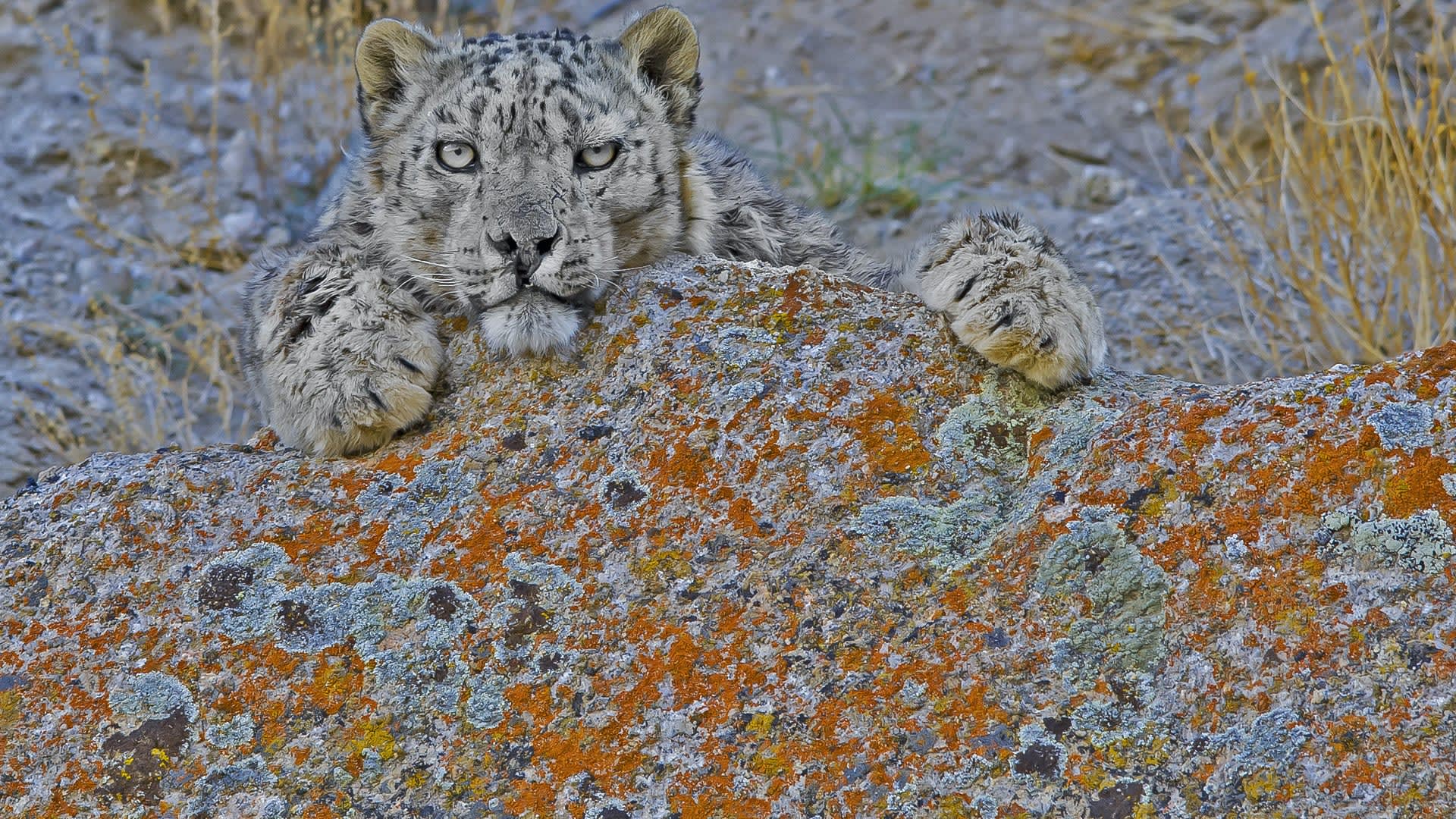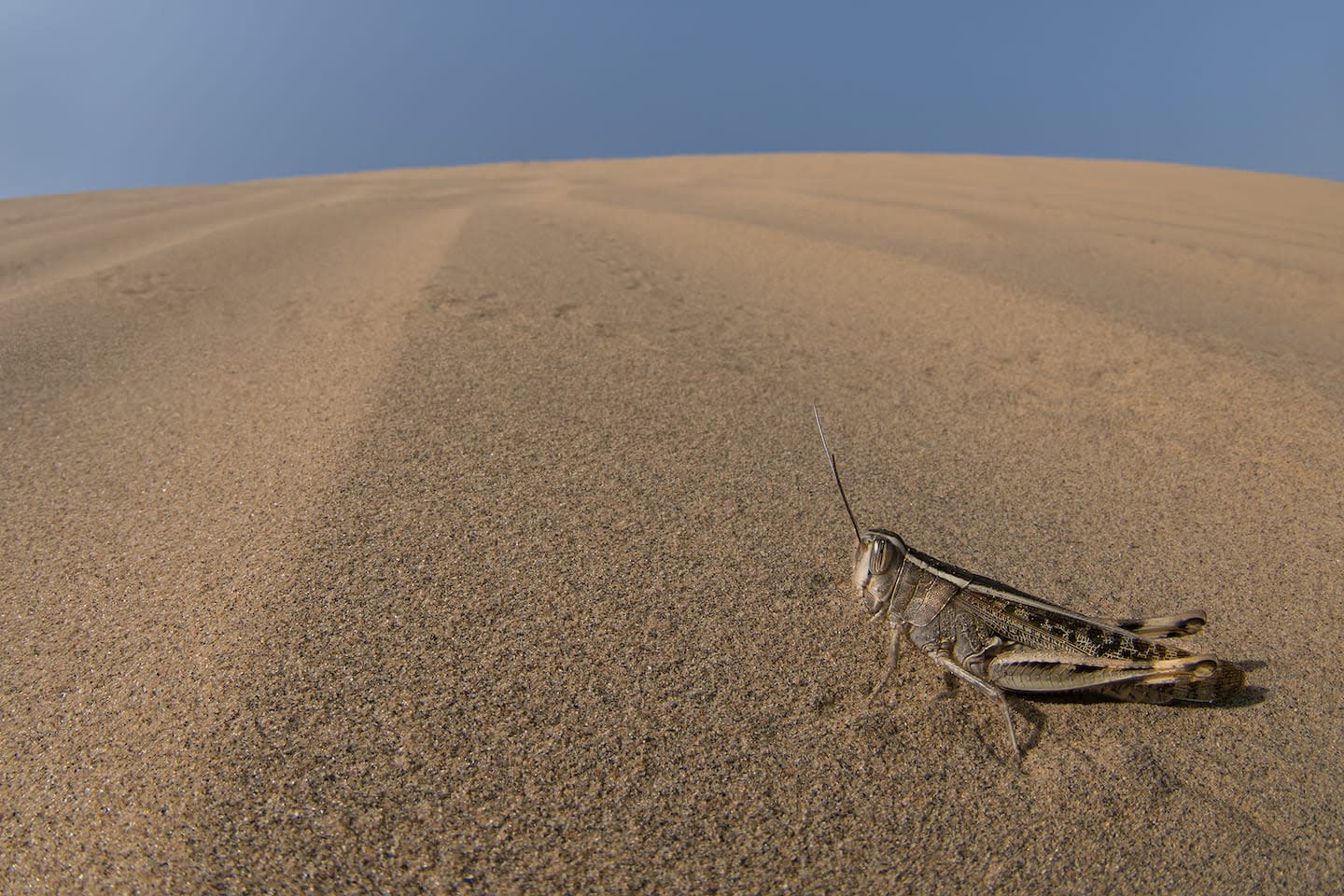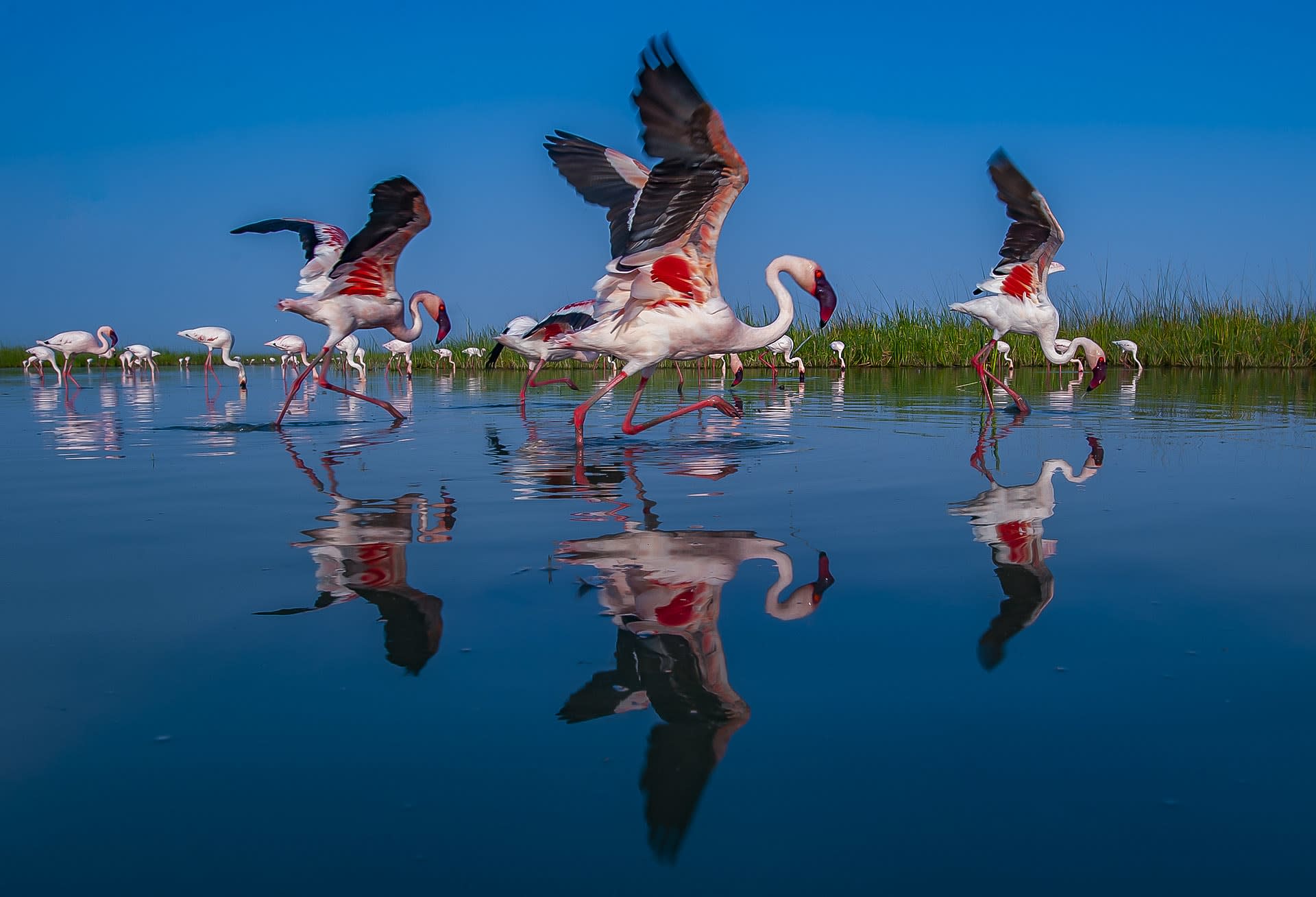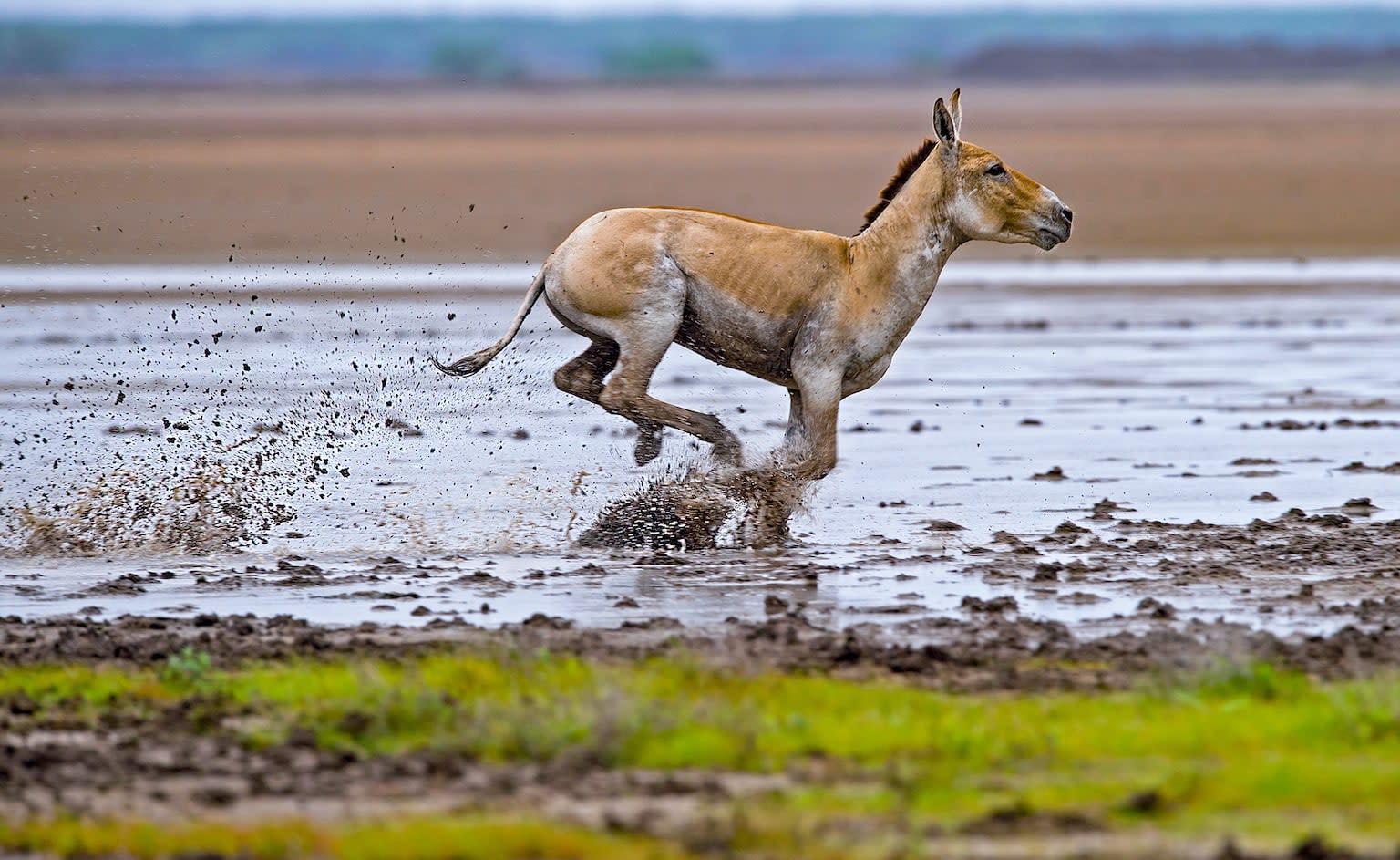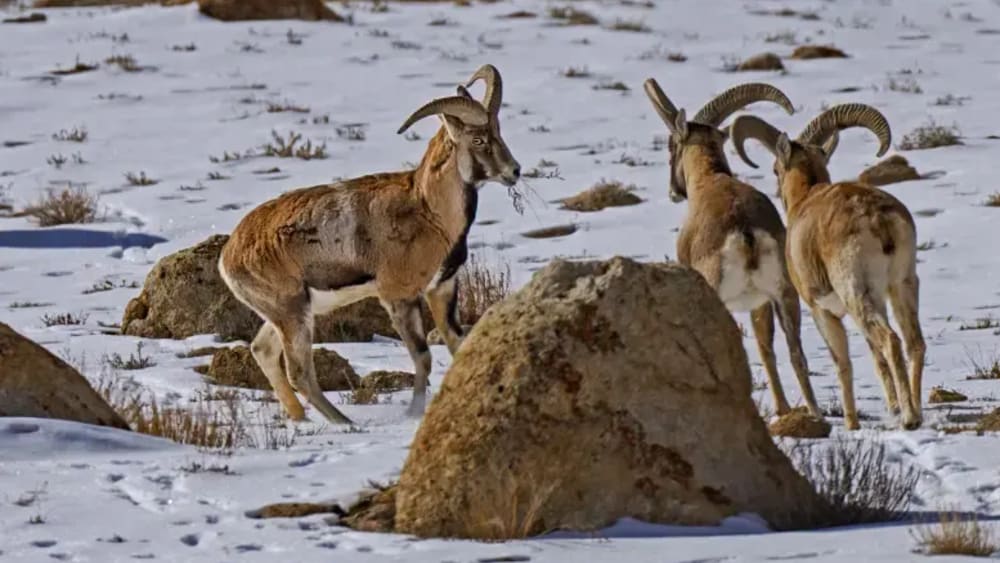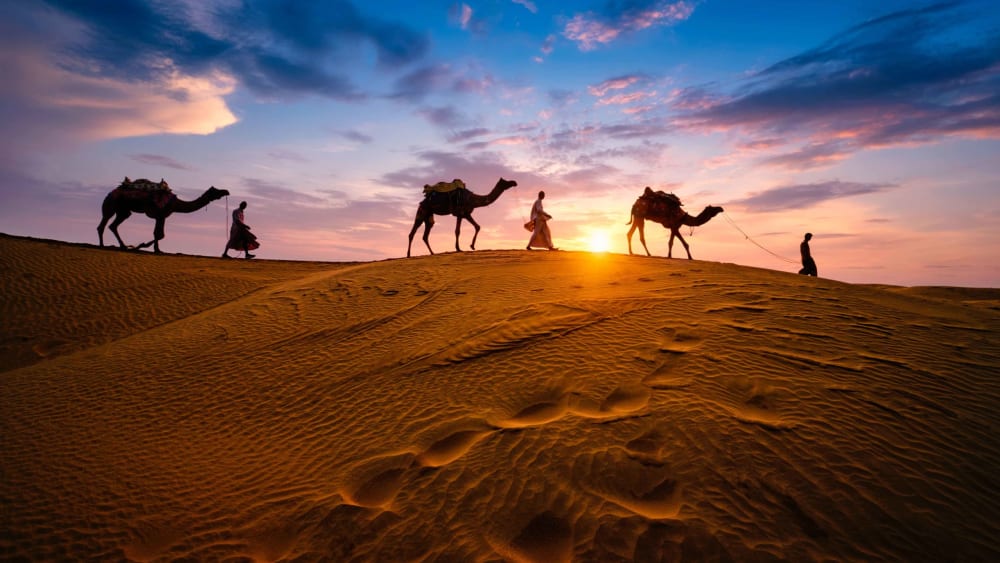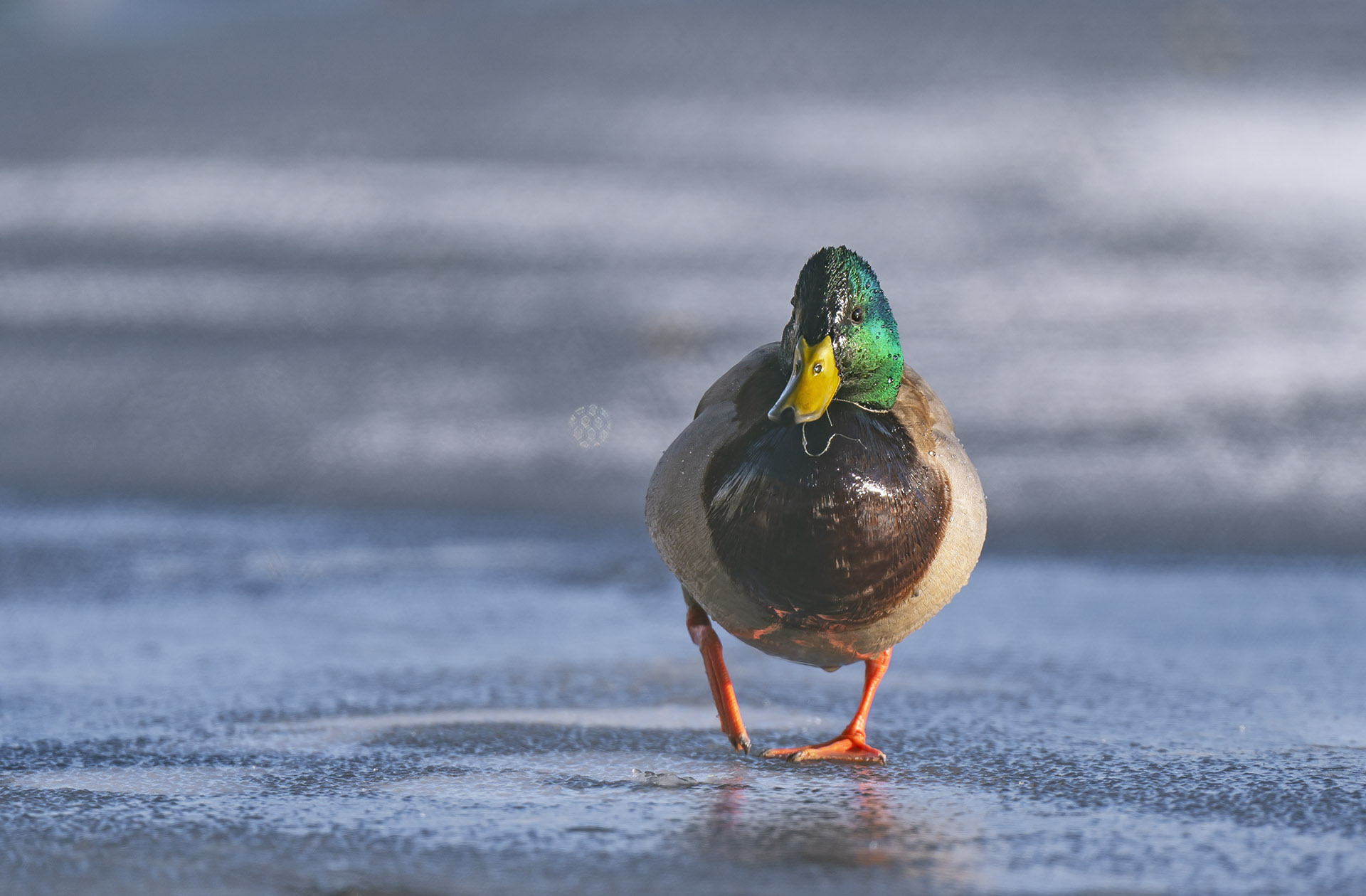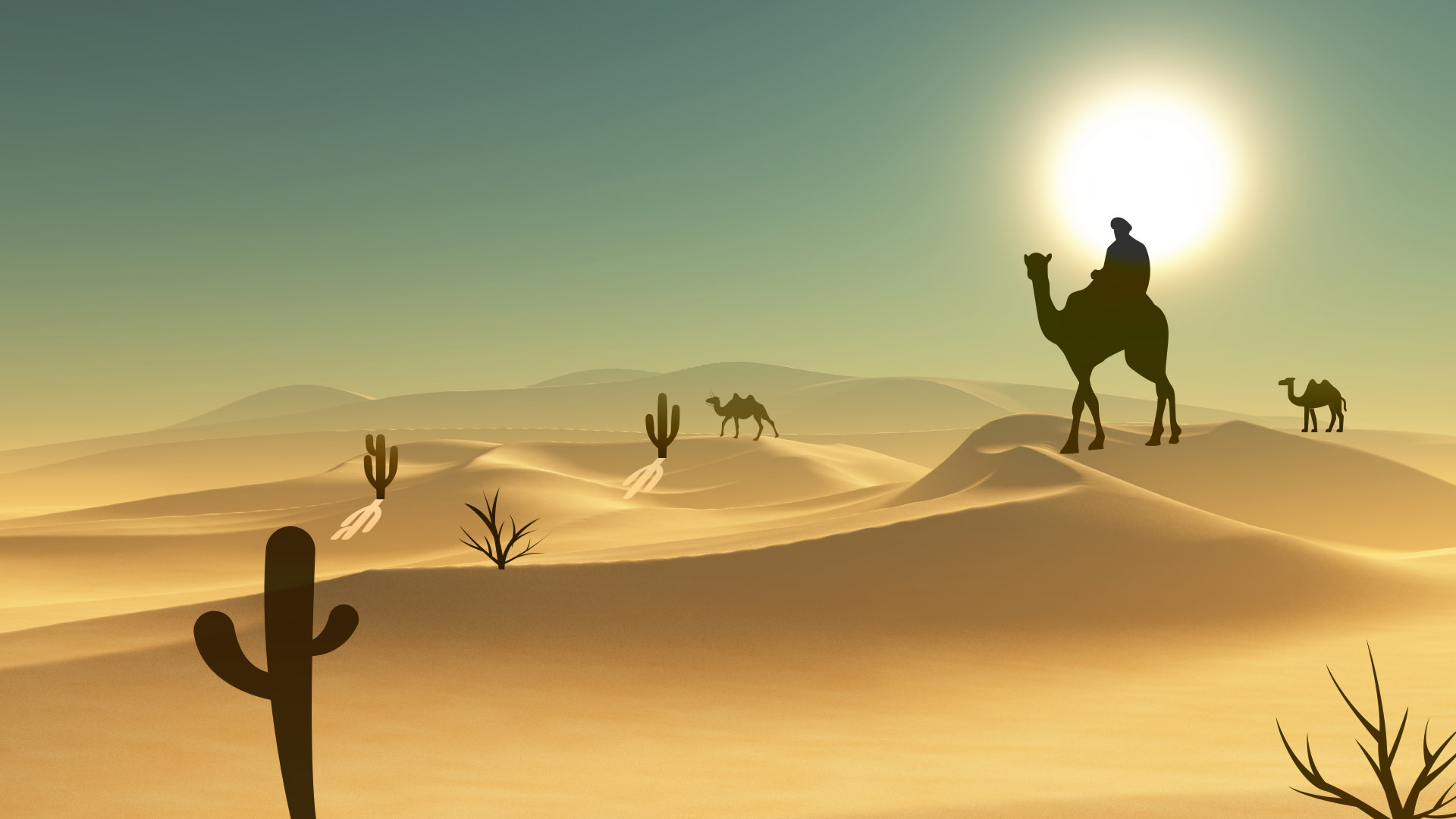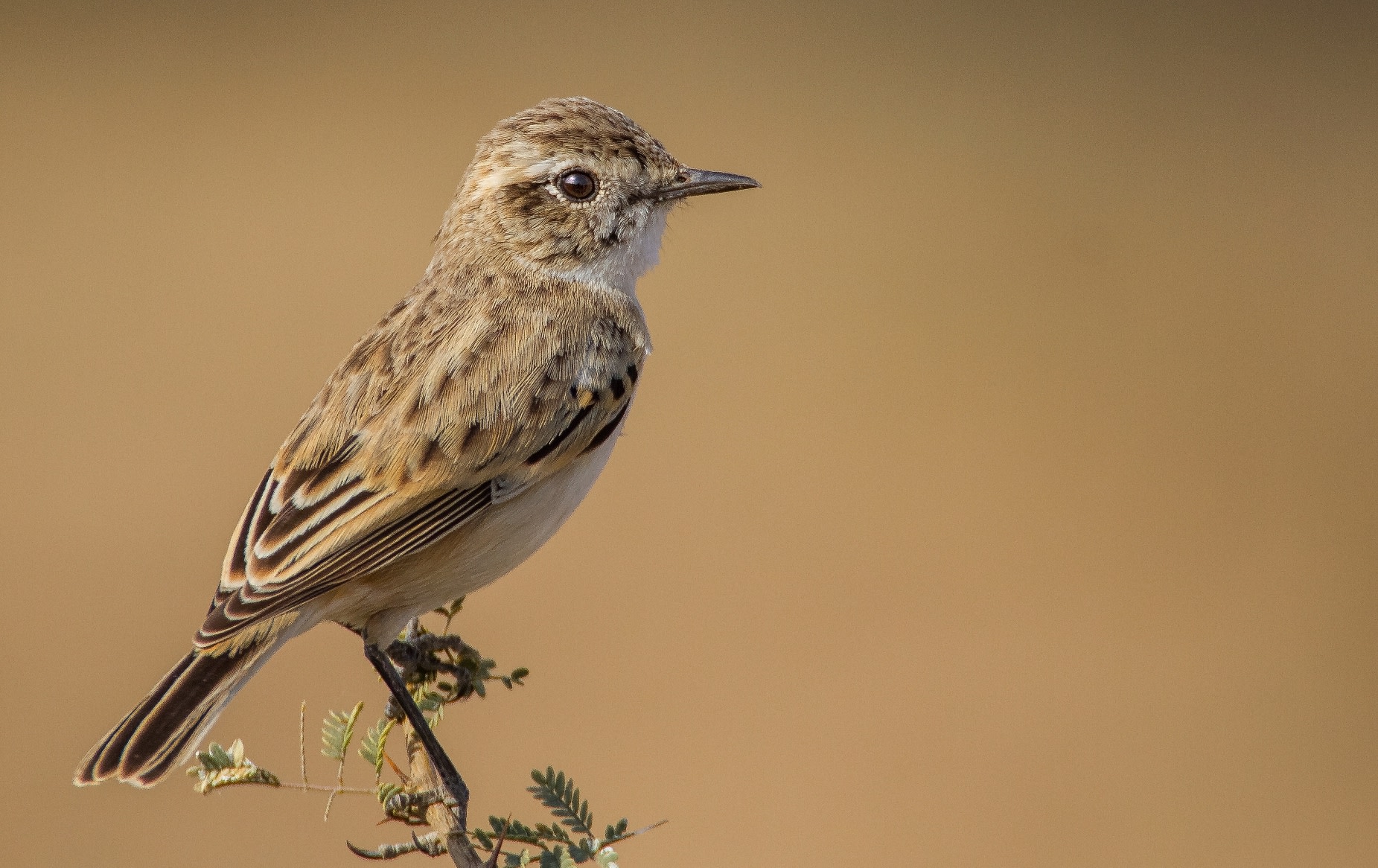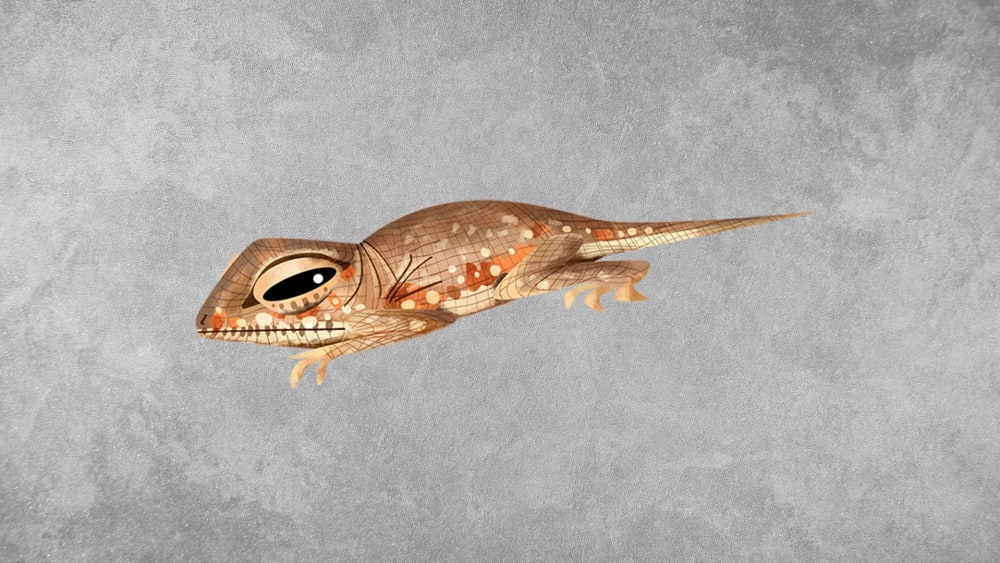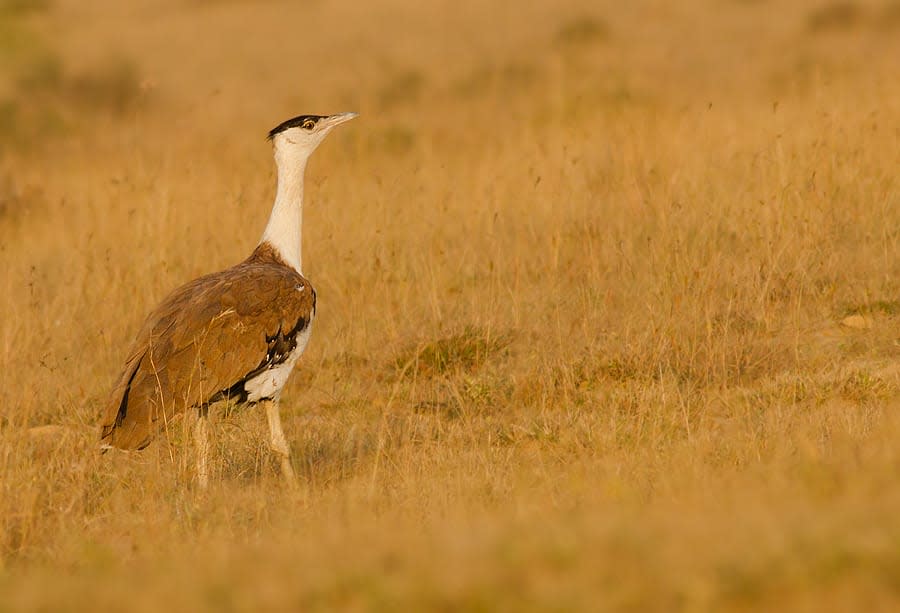Deserts
What are Deserts?
A desert is a region that receives very little rainfall—typically less than 250 mm (10 inches) a year—and experiences extremely dry conditions. Deserts can be hot, like the Thar Desert in India, or cold, like the Ladakh region in the Himalayas. Despite their harsh climates, they support specialised plants and animals adapted to survive with minimal water.
They are usually characterised by sparse vegetation, extreme temperatures, and rocky or sandy terrain. Some deserts also have dramatic landscapes shaped by wind, such as dunes, salt flats, and bare rocky plateaus.
Deserts are Diverse Ecosystems: Hot and Cold
In India, the most well-known hot desert is the Thar, spread across Rajasthan, Gujarat, Punjab, and Haryana. It is one of the most densely populated desert regions in the world. Unlike the image of lifeless dunes, the Thar is dotted with grasslands, scrub forests, salt flats, and seasonal wetlands. Summers here are harsh and dry, but the region sustains a variety of plant and animal life, shaped by communities like the Bishnois and their long traditions of human-wildlife coexistence.
Cold deserts in India are high-altitude, arid zones with low temperatures, thin vegetation, and minimal precipitation. The most prominent is in Ladakh, that extends into Spiti in Himachal Pradesh. These areas face long, freezing winters and short, dry summers.
Who Inhabits Deserts: Mammals, Birds and Reptiles
Deserts are home to animals specially adapted to harsh conditions: While hot deserts host the desert fox, chinkara, spiny-tailed lizard, and the elusive desert cat. Many species are nocturnal, emerging when it’s cooler. Wildlife in cold deserts includes the snow leopard, kiang, and Himalayan marmot, supported by hardy plants like seabuckthorn.
But deserts are fragile. Unsustainable grazing, mining, canal projects, wind and solar power installations, and invasive plants have changed their ecology. What looks like empty land is often full of life—deeply interconnected and easily disrupted.




